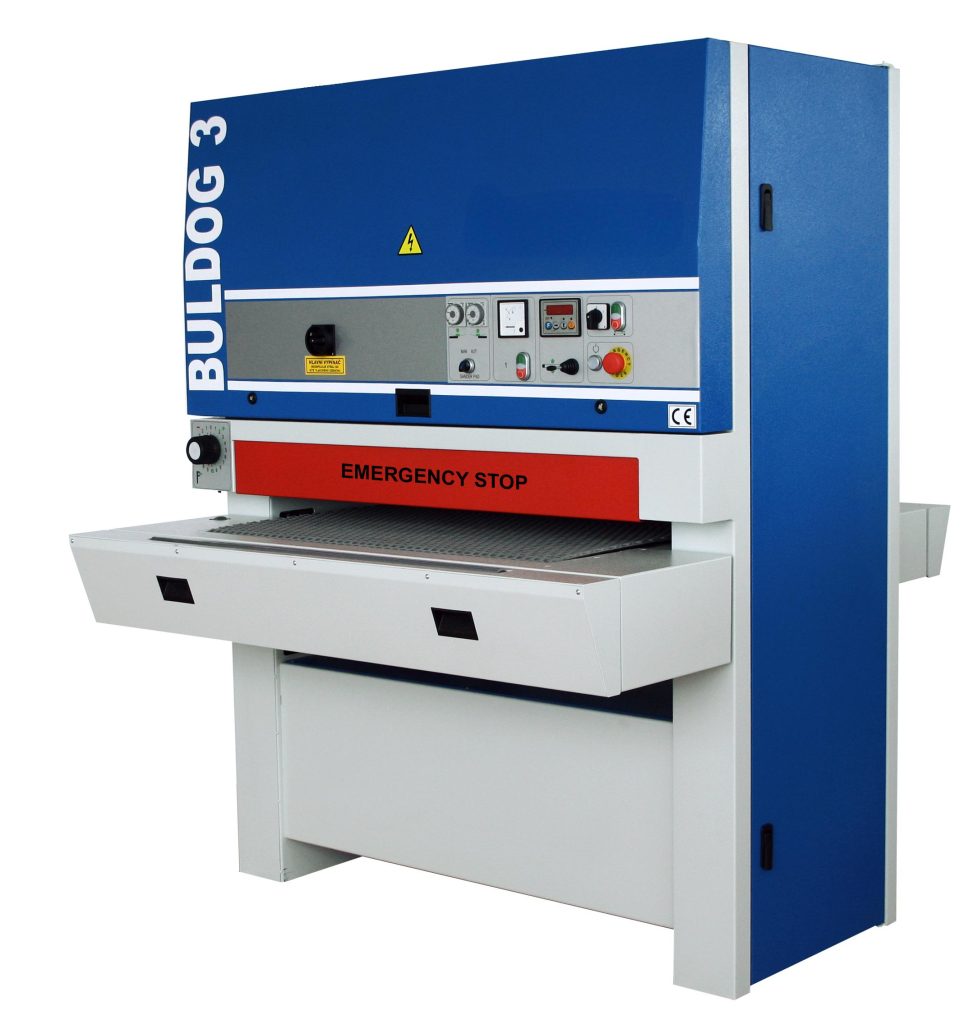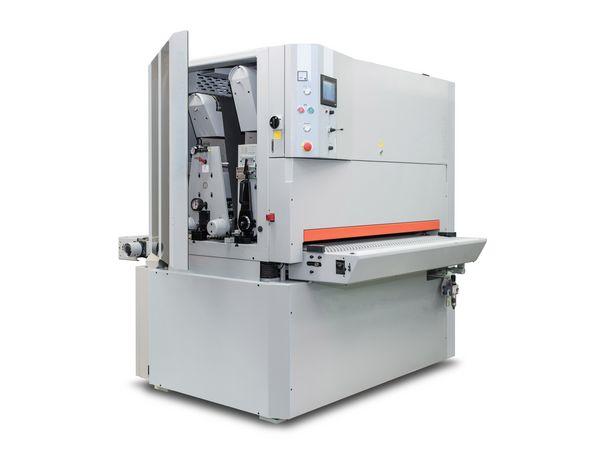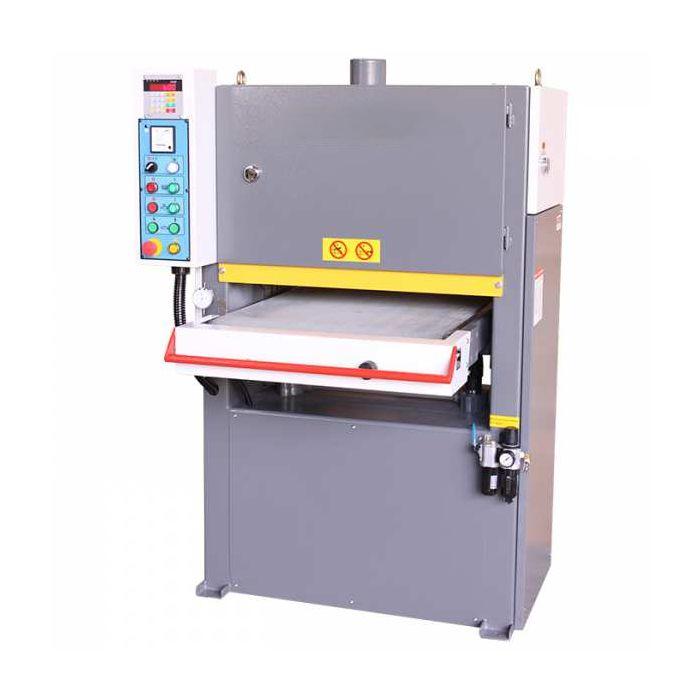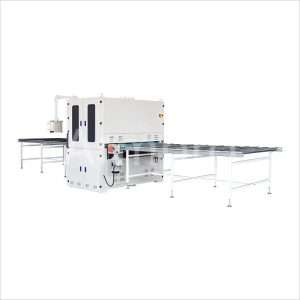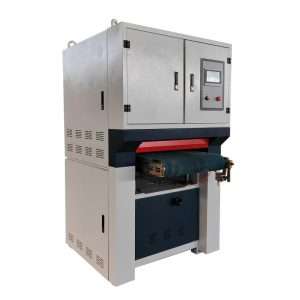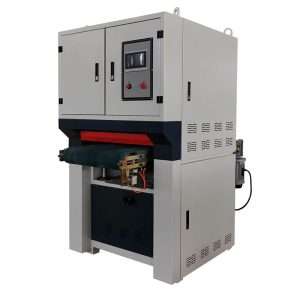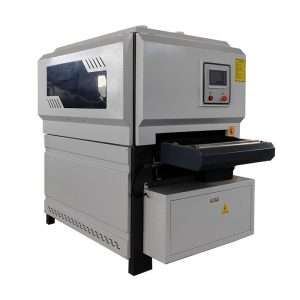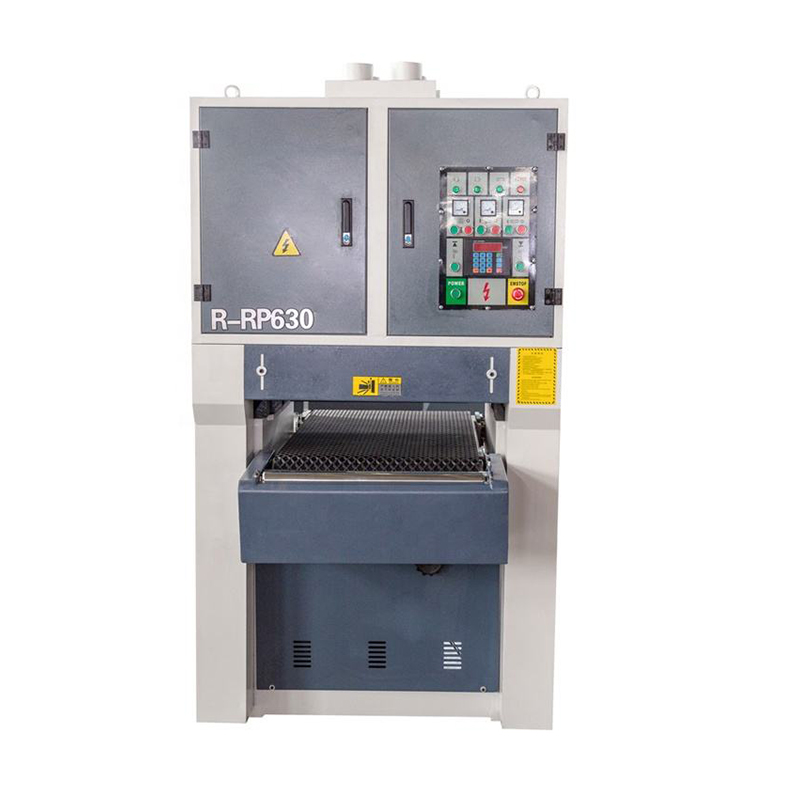How to choose the best drum belt sander for your application
Introduction
Drum belt sanders are one of the most important tools in carpentry and metalwork in providing accurate and even surfaces in a range of sanding and polishing operations. Specifically, for professionals or for those who love doing DIY projects, identifying the right drum belt sander matters for the best results of your work.
The purpose of this guide is to provide you with the main criteria that you should consider to choose the best drum belt sander for your purpose. When you have the right tool you want to do the perfect job, use a lot less time, and get a longer usage out of the sander for the ultimate goal, long-term success.
1. Understanding Drum Belt Sanders
What is a Drum Belt Sander?
A drum belt sander is a robust piece of equipment used in planning big areas with the usage of a sanding belt fixed around a rotating drum. The motor turns the drum and due to high speed, it effectively moves the belt from sand to surfaces.
Common Uses of Drum Belt Sanders
- Woodworking: A process of making wooden panels flat, sanding the sharp side of wood, and making them ready for polishing.
- Metalworking: Passing through metal surfaces to eliminate rust, paints as well as burrs on the surface and to smoothen the welded joints.
- Other Applications: It is used in auto workshops for stripping of paint off and in floor renovation using sanding for hard floorings.
Importance of Choosing the Right Drum Belt Sander
- Impact on Quality of Finish
The right sander enables you to work carefully and remove the material only where necessary to create a better and more professional look. Choosing the wrong sander will give a rough surface, over sanded surface, or even mar the surface being sanded.
- Efficiency of the Sanding Process
An ideally suited sander saves time and effort on sanding, in addition to preventing wastage of material. It also has the benefit of being able to increase the life of the tool as well as the abrasive belt.
- Matching the Sander to Project Requirements
Selection of an appropriate sander should be done carefully with special attention to the power, revolutions per minute, and the grit of the belt. The size and the type of material used in the project determine the sander to exercise control and give it enhanced performance.
2. Choosing the Right Drum Belt Sander for Your Application
Woodworking Applications
- Surface Sanding: For cases where large surfaces are to be worked on, go for drum belt sanders with wide belts and strong motors as this will give a smooth finish. Wearers of wide belts can cover more surfaces in less time which makes it effective.
- Edge Sanding: Controls for sands with edges should be adjustable and its tables should be very accurate. These forms enable precise work along the edges of stocks as well as the finishing especially when dealing with timber work.
Metalworking Applications
- Stainless Steel: When working with projects of stainless steelit’s advisable to go in the market and look for sanders that have their parts made from stainless steel to avoid a mixture of two dissimilar to cause poor quality work.
- Heavy-Duty Tasks: For applications involving grinding, polishing, or smoothening of metal this should consider drum belt sanders with high motorized power and strong and sturdy belts that stand the rigorous metal working conditions.
DIY and Hobbyist Applications
- Portability: For home usage or the small workshop a light and compact drum belt sander is perfect. These are easy to use and, when not in use, can easily be stored which makes them ideal for small rooms.
- Versatility: Select sanders that have rich settings and a variety of attachments so you can sand on wood and polish metal too; it will make the tool versatile for many uses.
3. How to Use a Drum Belt Sander Effectively?
Proper Setup and Safety
- Setup: It is crucial to always make sure that the drum belt sanderis rightly positioned or specifically fixed onto a base before use. Belt tension and tracking refers to how the belt moves without slippage or moving off track.
- Safety: You need to protect yourself, and for this, safety goggles, gloves, and dust mask should be worn. Avoid entangling any loose clothing or jewelry in the moving components, and don’t let objects fall on the work surface.
Sanding Techniques
- Even Pressure: Use equal pressure all over the particular area to prevent the development of mini depressions on the area of contact. This ensures that the sander does most of it on its own and is not forced to do it.
- Choosing the Right Grit: Begin with a rough surface to begin to remove material and work your way up to finer surface grits to refine the surface. Appropriate use of grit should be made to avoid pulling out of the material plus achieve the right surface finish and complexity.
- Consistent Speed: Sand in smooth, even strokes slowly and consistently in a straight motion, across the surface lengthwise. This helps eliminate swirl marks and produce an even pattern of sanding on that surface.
Maintenance and Care
- Cleaning: Clean the drum belt sanderfrequently particularly the dust collecting unit to avoid blocking and extreme heat.
- Replacing Worn Belts: Replace sanding belts before they are too worn or clogged so as not to adversely affect the workpiece.
- Lubrication: To eliminate friction and wear of the moving parts between the sander’s base and the shoes, oil the slides occasionally to enhance performance and durability.
4. Common Mistakes to Avoid
Using the Wrong Belt
- Consequences: Using the wrong grit or belt typecan lead to improper material removal, uneven finishes, or damage to the workpiece. For example, using coarse grit for finishing can result in scratches, while fine grit on tough material can waste time and wear out the belt quickly.
- Tips: Always choose a belt gritappropriate for the application—coarse for aggressive material removal and fine grit for finishing. Select belts that are hard-wearing such as aluminum oxide or zirconia when grinding metal or timber respectively.
Applying Too Much Pressure
- Consequences: Choosing the wrong particle size and belt type hence means that material is removed abnormally or the surface finish is off or else the workpiece is compromised.
For instance, while finishing work with a coarse belt, the articles may get scratched when on the other hand a fine belt used on hard material takes so much time and the belt wears out very fast.
- Tips: Let most of the work on the doors be done by the drum belt sander. Ex-works as per the policies and procedures of the company with little pressure to get a uniform finish without scratching the workpiece.
Ignoring Maintenance
- Consequences: Neglecting to take care of the sander can also lead to a decline in efficiency, hot running, and short service life. Excess accumulation of dust affects the motor and deforms internal parts leading to expensive repairs.
- Tips: Wash the equipment frequently, change belts when they are torn, and grease the moving components. Regular servicing minimizes on likelihood of a breakdown, while also increasing the life cycle of the tool.
Conclusion
Selecting the right drum belt sander for your particular use depends on factors like power, size of the belt, and the type of materials it can accommodate. No matter whether you are engaging in woodworking, metalworking, or DIY, choosing the right sander could make a big difference to your work outcome.
When thinking about the surface sanding, edge work, or required specific material, you can make the right choice. Lastly, select the sander that meets your project needs so that you get the best results and a durable tool.
Don't forget to share this post!
Related Products
CONTACT US
Tell us your raw material and working details to get quotations within 24 hours.
WhatsApp Us: +86 159 27 555863

Want the best price & newest metal working machinery buying guide,tips and trends sent straightly to your box?Sign up for Armpro's monthly newsletter,we're free for your consultation and Offer you the most suitable working solutions!
The Buyer's Guide
- Tapping Machine: The Ultimate Buying Guide in 2024
- Electric Tapping Machines:the Ultimate Buying Guide in 2024
- Drilling Machine: The Ultimate Buying Guide in 2024
- Drilling milling Machine:The Ultimate Buying Guide in 2024
- CNC Tapping Machine :The Complete Buying Guide in 2024
- Pipe chafering Machine:The Complete Importing Guide in 2024
- Radial drilling Machine:The Complete Buying Guide in 2024
- Thread rolling Machine:The Complete Buying Guide In 2024
- Pillar Drilling Machine:The Ultimate Buying Guide in 2024

